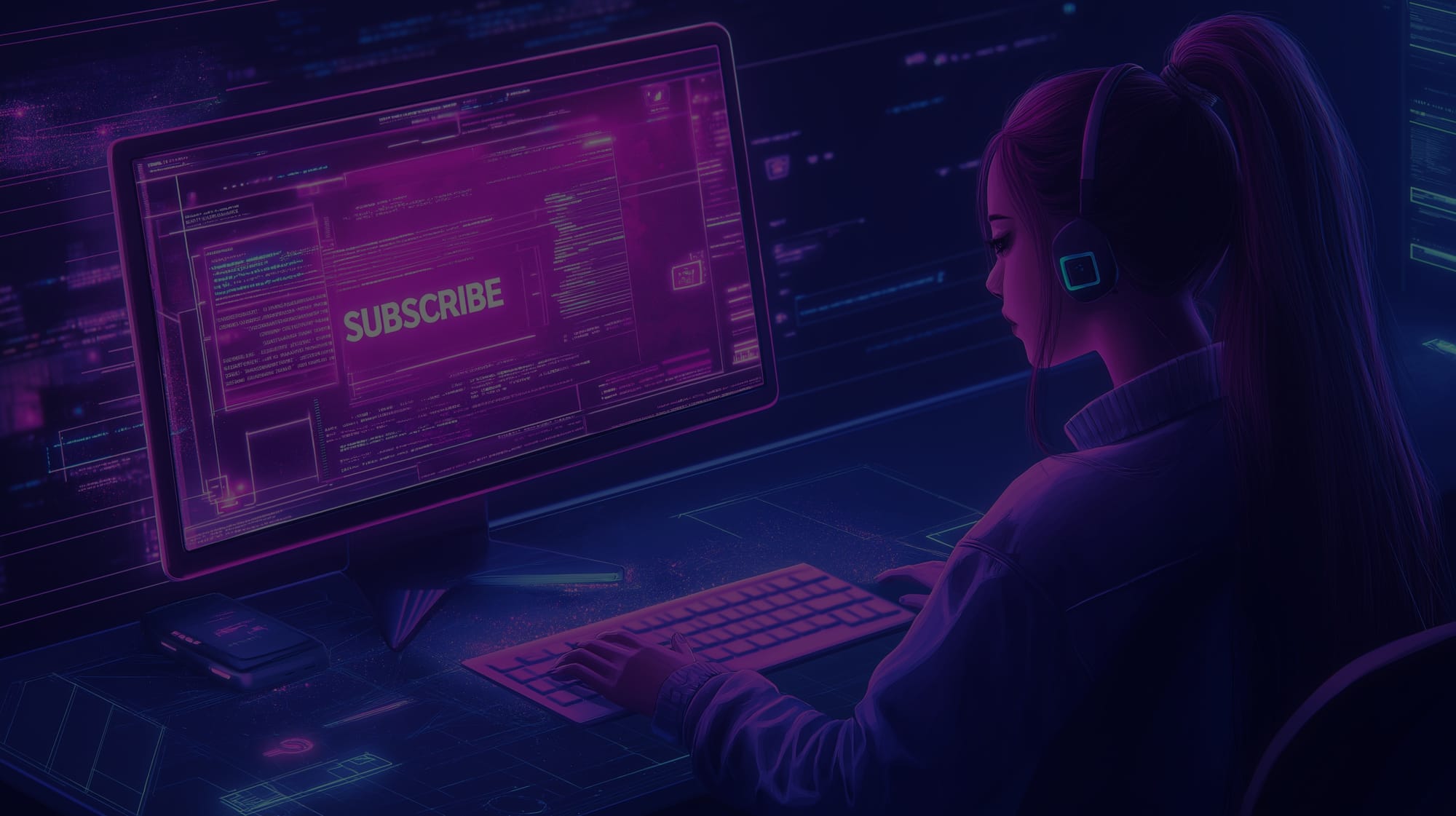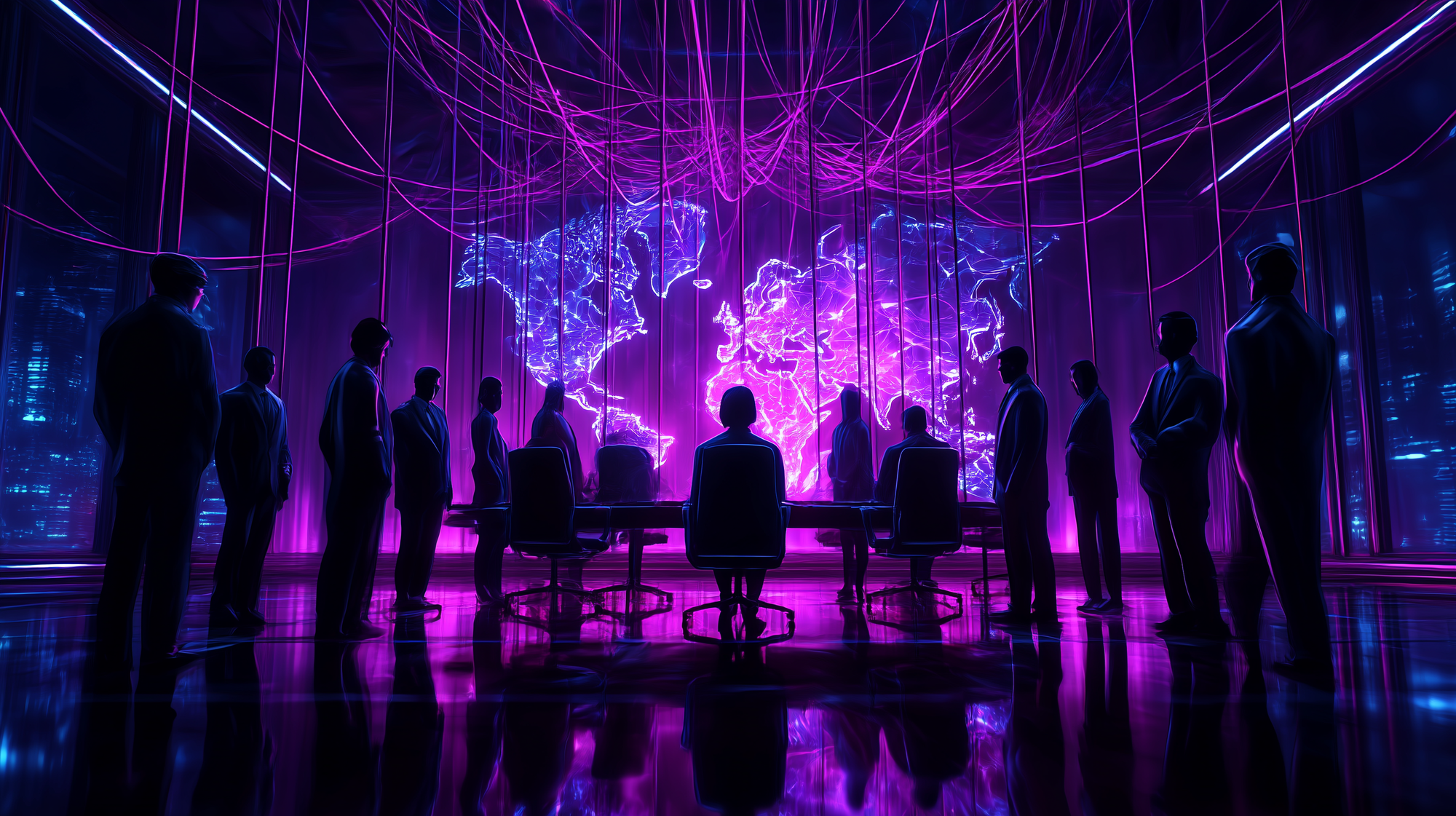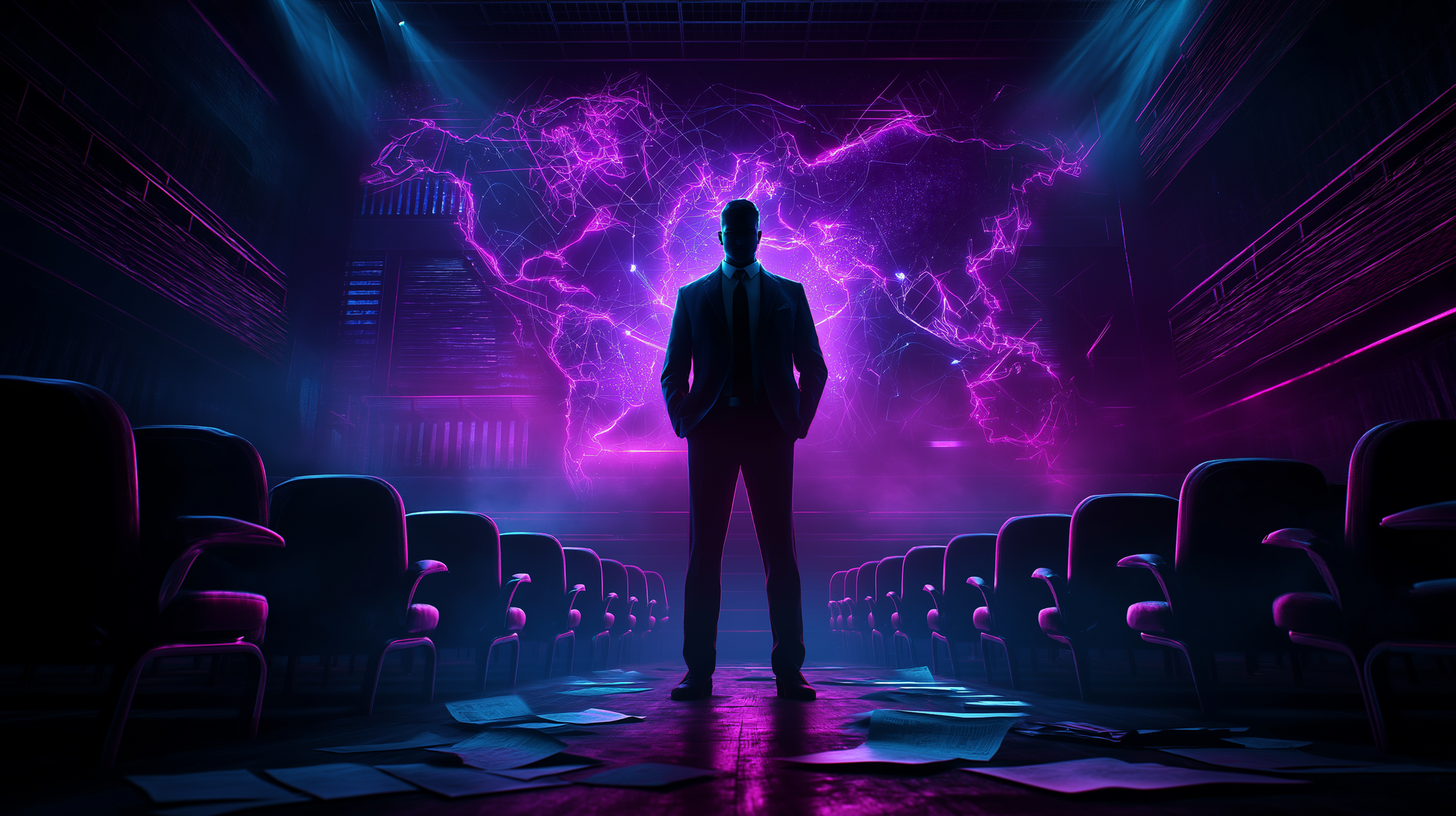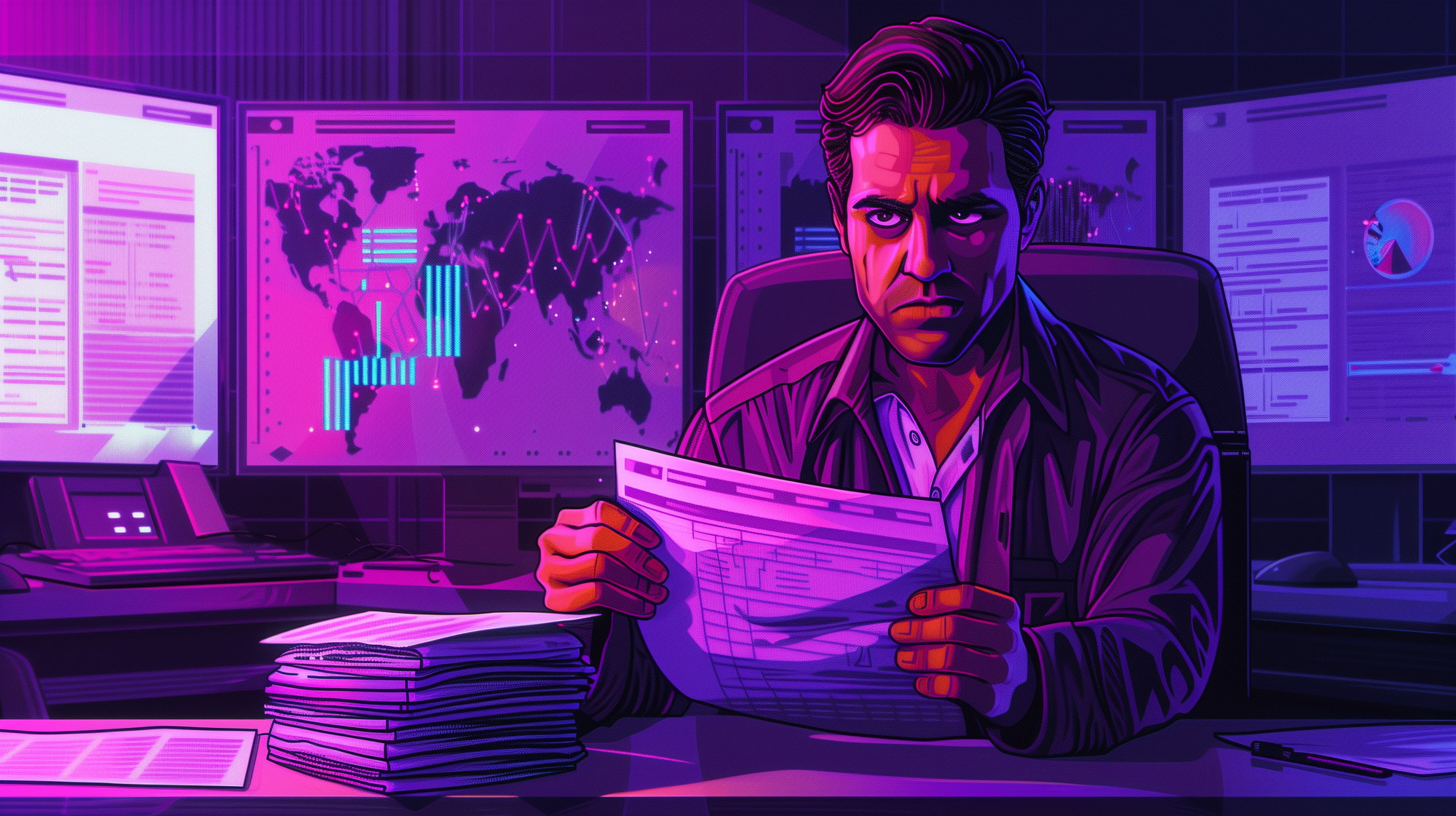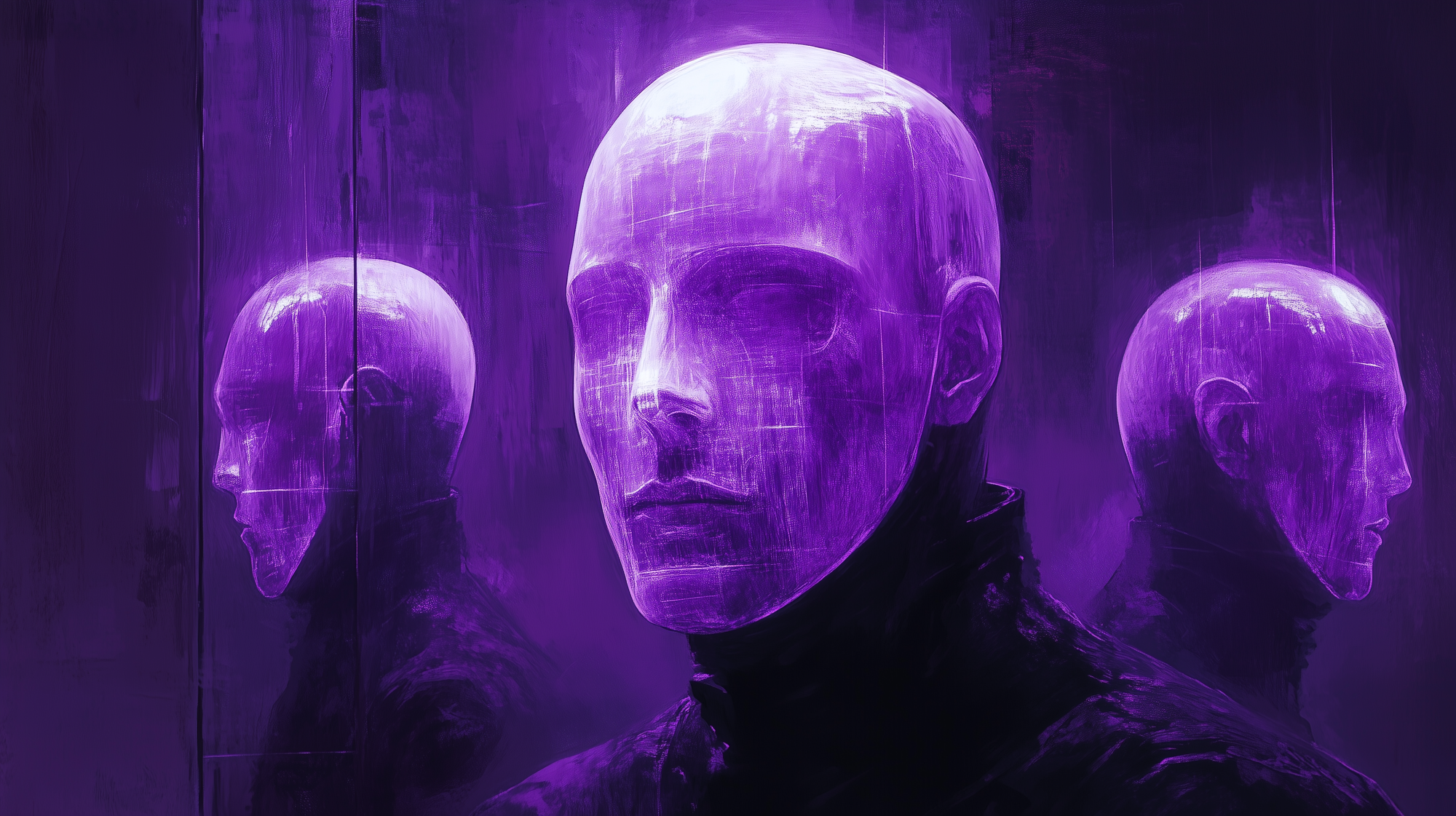
Cyber Threat Intelligence and the Illusion of Security
Over-reliance on cyber threat intelligence creates a false sense of security, like navigating with only a single star. True security requires adaptability, resilience, and a holistic approach, blending foresight with flexibility to weather the unpredictable storms of the digital age.
In the vast, uncharted ocean of the never-ending cyber age, we place immense faith in the lighthouses promising to guide us away from danger. Cyber threat intelligence (CTI) has emerged as one of those lighthouses, shining brightly amidst the dark, stormy seas of cyber threats. It offers a beacon of hope, promising to expose the hidden reefs and unseen threats lurking beneath the surface. But have we mistaken the light for salvation itself? Are we so mesmerized by the glow of CTI we have become blind to its limitations, creating an illusion of safety as treacherous as the waters we seek to navigate?
In our pursuit of security, we often clutch at the illusion of certainty, believing with enough data, enough foresight, we can chart a course through any storm. CTI is marketed as the telescope letting us see far beyond the horizon, promising a panoramic view of the cyber threat landscape, and the ability to spot incoming threats well in advance. But in this cyber age, where every shadow hides potential dangers, we may be more like Icarus than Odysseus, flying high on the wings of our own hubris. The wax of overconfidence, softened by the heat of rapid technological change, threatens to bring us crashing down into the very chaos we sought to escape.
The modern cyber world is not a static terrain but a constantly shifting sand dune, where every gust of wind reshapes the landscape in ways unpredictable and unseen. The belief that CTI alone can provide a clear path is as flawed as assuming a weather app can predict the twists and turns of a tornado. In our desire to feel secure, we often overlook the simple truth that intelligence can only illuminate what is already known; CTI cannot foresee the unpredictable or prepare us for unique and novel strategies adversaries may deploy. In our quest to map every potential risk, we risk becoming like explorers who, obsessing over the chart, forget to keep an eye on the shifting tides beneath their feet.

CTI Double-Edged Sword
CTI is often hailed as the ultimate shield in modern cyber security — a sharp sword wielded against the shadows of digital adversaries. At its finest, CTI grants us the ability to peer into the shadows, to anticipate the moves of our adversaries before they strike. It is an alluring promise: with enough intelligence, we can preempt every attack, stay one step ahead, and protect what is ours. But what if this sword is double-edged? What if, in wielding it so confidently, we have cut ourselves deeper than any enemy could?
Imagine relying on a map only showing where dangers have been before, assuming the path will always be the same. In placing our trust in CTI, we are like sailors who believe they can chart a course solely by starlight, forgetting the stars can be obscured, storms can change everything in an instant. Intelligence is not omniscient; it is a tool. CTI is a torch in the dark revealing much, but not all. We become vulnerable the moment we mistake the flicker of our torchlight for the full light of day.
Relying too heavily on CTI is like building a fortress with walls high and strong, but leaving the foundations weak and unattended. It is an illusion, a mirage of safety that can collapse at any moment. Organizations pour resources into CTI, creating analyst teams to detect and interpret every conceivable threat. But this creates a dangerous paradox: the more we focus on intelligence, the more we risk becoming blind to its limits. Like a general who prepares only for the last war, we become ensnared in a dangerous game of cat and mouse, constantly reacting to the past while neglecting the future.
Consider the countless organizations, armed with the latest CTI, that have still been caught off guard by cyber attacks. These are not just technological failures; they are failures of imagination. They reveal a profound misunderstanding of what CTI can and cannot do. By becoming fixated on known patterns, we leave ourselves exposed to the unexpected — the rogue wave that capsizes us when we least expect it.

Misuse and Misinterpretation of Cyber Threat Intelligence
A deeper problem lies not just in what CTI can reveal, but in how it is wielded. Too often, organizations treat CTI as if it were a magic potion — a cure-all for every security ailment. This is a dangerous fallacy. Instead of incorporating CTI as a part of a holistic, layered defense, many use it like a hammer, searching for nails to strike, ignoring the broader construction of their security architecture. It is like patching cracks in a dam with bandages; deploying temporary fixes doing nothing to strengthen the structure against the inevitable surge.
Even more troubling is when CTI becomes isolated, a lonely island of insight disconnected from the continent of broader security efforts. Vast oceans of data are collected, akin to hoarding arrows without ever mastering the bow, but this data often drowns in its own volume, becoming a cacophony of noise without a melody. To be truly effective, CTI must be more than just a scattergun of alerts; it must be the guiding star by which all security decisions are navigated, seamlessly integrated into the very fabric of an organization's defenses, like a compass steering a ship through stormy seas.

Confusing Cyber Threat Intelligence and Dark Web Monitoring
Adding to the illusion of security is the frequent confusion between CTI and dark web monitoring. Many organizations mistakenly believe these tools are interchangeable or one can take the place of the other. However, CTI and dark web monitoring are as different as a preemptive shield and a reactive alarm. CTI is proactive, like a lighthouse warning of dangers before they are seen, helping us prepare for the storm that has yet to arrive. Dark web monitoring, on the other hand, is reactive, akin to a smoke detector sounding only once the flames have begun to engulf the house. To confuse the two is to misjudge their purpose and function, leading to false expectations of security.
When organizations conflate these two tools, they risk assuming they are safer than they really are. Dark web monitoring can reveal the smoke after a fire has started, showing data has already been stolen or exposed, but it does nothing to prevent the blaze itself. It is like setting a watch only after the enemy has breached the gate. This misinterpretation encourages a reactive stance, one where defenders are forever playing catch-up, chasing shadows rather than addressing the root causes of threats.
A truly resilient defense strategy requires CTI to be proactive, predicting and mitigating risks before they manifest, not simply sounding the alarm once the damage is done.

A Call for a Broader Perspective
True security is not about building taller walls or crafting sharper swords; it is about cultivating a garden thriving in any climate. It requires recognizing threats are not static; they are as unpredictable as the weather, shifting with the winds and changing with the seasons. CTI should be seen as one instrument in a symphony of security measures, each playing its part in a larger, harmonious defense strategy. To believe threat intelligence alone can safeguard against all dangers is like trying to sail across the ocean with only a single sail. The digital landscape is ever-changing, much like a forest growing in unexpected ways, and our defense strategies must be just as adaptive, ready to flex with the wind rather than break under pressure.
To cultivate this broader perspective, organizations need to reinforce the foundational principles of security. This means going beyond the acquisition of intelligence and committing to strong cyber hygiene practices, much like building a house on a solid foundation rather than on shifting sand.
It also involves fostering a culture of continuous education and vigilance, where employees are not just sentinels but also scouts, trained to recognize and resist the subtle tactics no intelligence report can predict. Just as a ship's crew relies on both the charts and their own experience to navigate uncharted waters, so too must our security teams combine data-driven insights with human intuition. By integrating CTI into a broader framework including regular drills, dynamic response strategies, and a readiness to adapt, organizations can prepare for storms yet unseen, much like a seasoned gardener who prepares for both droughts and floods.
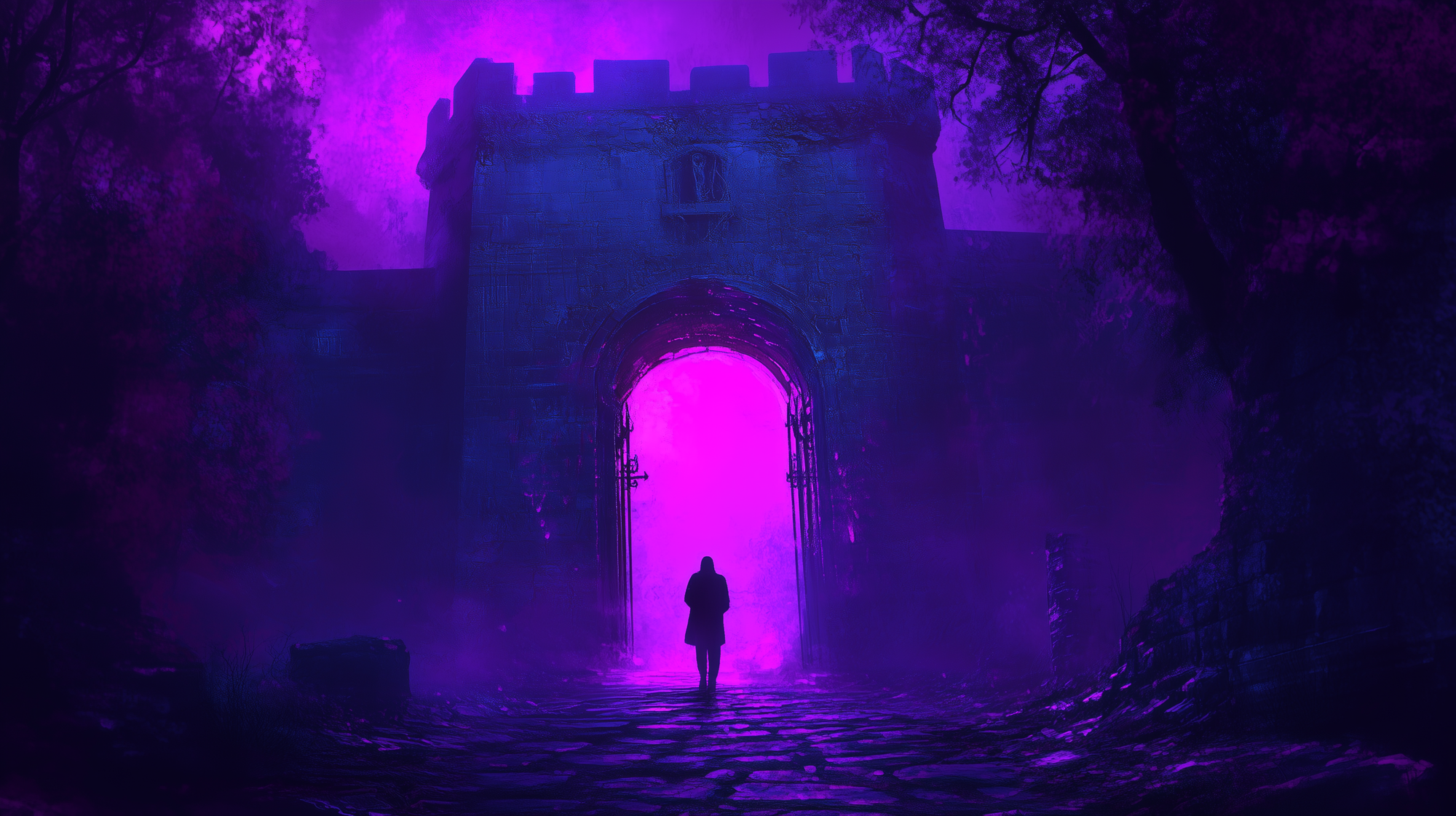
Predictive Security Paradox
There is an inherent paradox in our reliance on CTI: the more we focus on predicting and preventing every possible threat, the more we risk trapping ourselves in a cycle of shortsightedness. In our quest to foresee every move, we may find ourselves staring so intently at the road ahead we miss the cliffside looming in our periphery. This is the paradox of predictive security — believing foresight alone is sufficient, while neglecting the need for flexibility and resilience. It is akin to building a dam to hold back a river without considering the water might rise from an entirely different direction.
By concentrating solely on known threats, we risk becoming like a watchman who guards the gates of a fortress while ignoring the tunnels beneath it. This narrow focus can breed overconfidence, leading organizations to believe they are secure against all threats when, in reality, they are only prepared for the last attack. In this way, CTI can become a set of blinders, narrowing our view and lulling us into complacency. Instead of preparing for every eventuality, we end up only ready for the most predictable ones, much like a gardener who plants the same crops year after year, blind to the changing climate.
To escape this paradox, we must adopt a mindset valuing preparation over prediction, resilience over rigidity. We must accept security is not a puzzle with a single solution but a canvas constantly being painted, with each brushstroke bringing new colors and textures. No amount of data can paint the whole picture; no forecast can account for every storm. Instead, we should focus on building systems strong yet flexible, able to bend without breaking, and teams not just of analysts but explorers, always seeking new horizons and preparing for the unknown. By embracing this mindset, we move beyond the illusion we can predict every threat, and towards a reality where we are ready for anything the cyber wilderness may throw our way.

Embracing True Security
Ultimately, the greatest danger posed by over-reliance on CTI is not just a breach of our systems but a breach of our understanding of what it means to be secure. True security is not a static fortress; it is a living, breathing entity, constantly adapting and evolving. It is not about the comfort of knowing but the strength of preparing for the unknown.
The illusion of security is a comforting lie, a shadow on the wall we mistake for reality. True security is a journey, a constant voyage across uncharted waters, where the map is always changing, and the stars are not always visible. By embracing this uncertainty, by recognizing our strength lies not in prediction but in preparation, we can move beyond the false comfort of intelligence and embrace the full, unpredictable complexity of the cyber world. Only then can we truly say we are prepared for whatever comes next.
We must reframe our understanding of security from being an impenetrable fortress to a flexible bridge, capable of withstanding the weight of unforeseen challenges and the force of inevitable change. Just as a bridge flexes with the wind to remain standing, so too must our security strategies be designed to adapt, not just defend. This means investing not only in tools and technologies predicting threats, but also in cultivating the human ingenuity and creativity needed to respond when predictions fail. In this digital age, where change is the only constant, resilience is not merely an option; it is the cornerstone of survival.
As we step into this future, we must embrace a mindset viewing every breach, every near miss, as an opportunity to learn and evolve, rather than a failure to predict. Security is less about being a step ahead of every adversary and more about having the agility to pivot and respond when the unexpected strikes. This requires us to build not just walls but networks — of knowledge, of collaboration, and of trust — across our organizations. In doing so, we recognize in a world filled with uncertainty, our greatest asset is not our ability to foresee every storm but our capacity to weather any storm headed our way.
By moving beyond the illusion of perfect knowledge and embracing the reality of constant evolution, we can build a truly secure future, —one as resilient as it is dynamic, as prepared as it is adaptive.
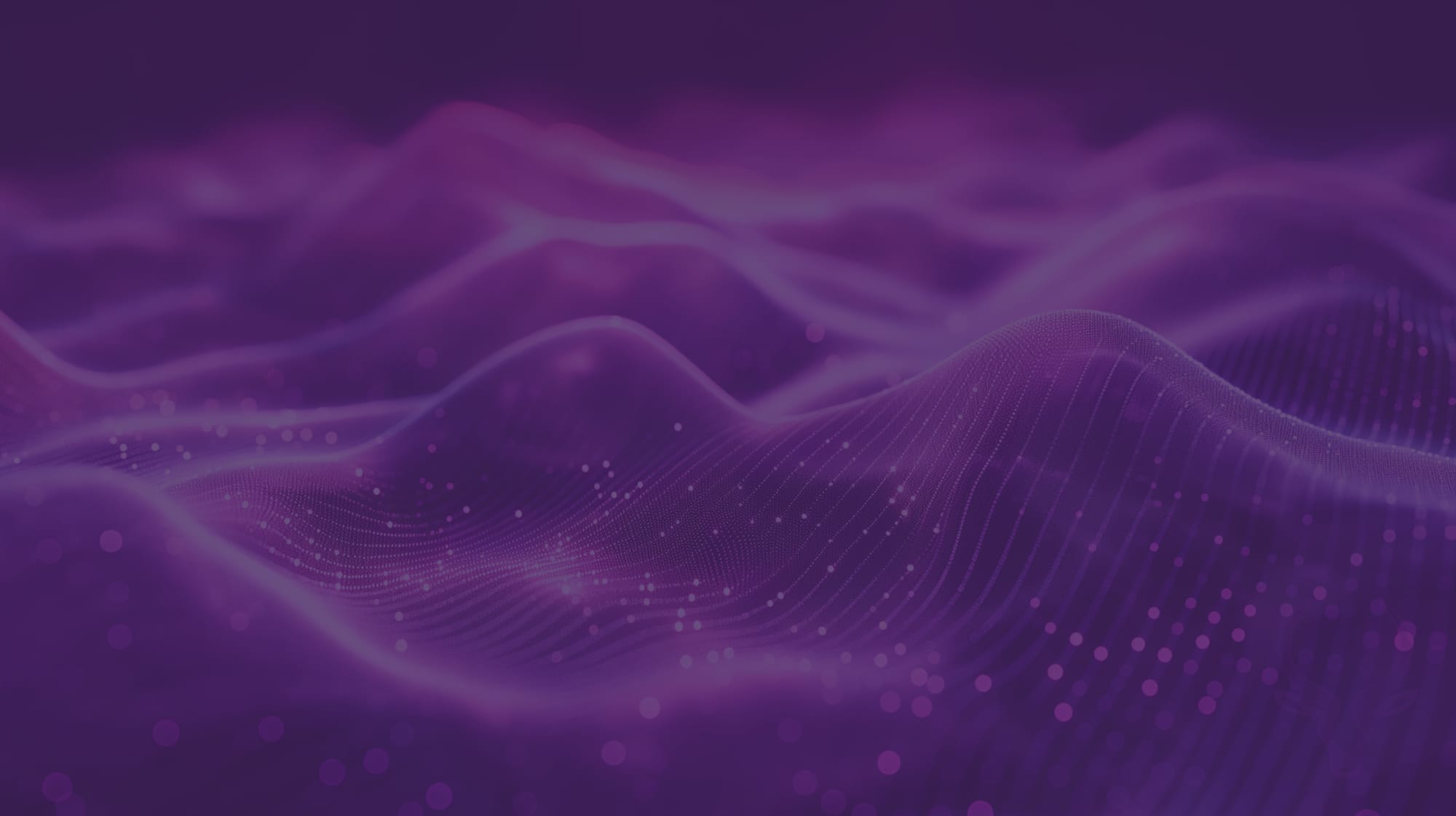
Support Praeryx Content
Are you passionate about advancing your understanding of cyber security and cyber threat intelligence, and want to see more in-depth, thought-provoking content like this? Consider supporting Praeryx in our mission to educate and empower with a donation directly contributing to the continued creation of valuable resources and insights, helping Praeryx to provide impactful and timely content. Join us in building a more secure digital future by donating today!
Donate to Praeryx